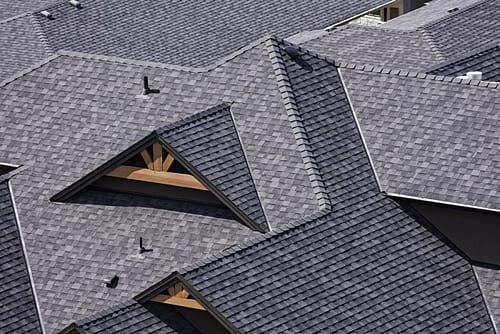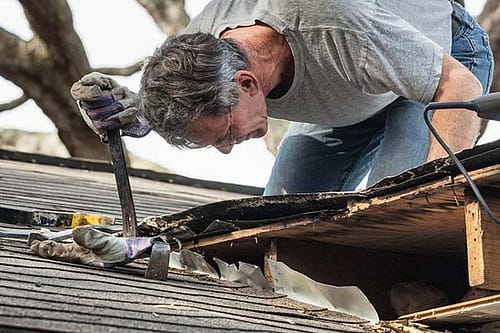Installing a new custom roof is a major project that involves a lot of money and effort. A large project often means high costs.
When is a new roof needed?
A roof consists of a wooden beam construction under the roof covering that supports the roof. For example, if there are termites or woodworms in your roof construction, the roof construction will be damaged and it is necessary to install a new roof. This is only decided when the rot in the roof is at a very distant stage and is therefore not standard with woodworm or termites. Also, serious leaks where the underlying roof construction is seriously weakened then the entire roof must be renewed. With a sagging roof construction, it is often possible to have it supported by a roofer company by placing support beams.
Of course, a new house also needs a roof. The previously mentioned roof construction can be custom made by roofers or by a roofing contractor, but nowadays many roofs are constructed in a factory, after which they only need to be attached to the home.
What types of roofing do you choose?
There are many types of roof coverings available, but which roof cover do you choose? Each type has its own advantages.
Below the most popular types of roof coverings for a slab and sloping roof are listed:
Installing a new roof for a flat roof:
Bitumen: This is the roof covering that you most often see on flat roofs. This roofing material is watertight and has great adhesive power, and the material is also affordable. Bitumen is attached to your roof with a burner, this also secures the seams. The disadvantages of bitumen are the relatively short lifespan of 20 years and the inelasticity.
EPDM: EPDM roofing is made from synthetic rubber and is made to measure. Because of this, it is mounted on your roof and nothing further needs to be cut or treated, the chance of a leak is smaller. EPDM is maintenance-free, recyclable and root-resistant. This roof covering lasts on average 40 years. A disadvantage of EPDM is that the average price is relatively high, on average 30% more expensive than bitumen.
PVC: This roof covering is made of plastic and is cut to size when it is placed on your roof. PVC roofing is environmentally friendly, recyclable and maintenance-free. This material lasts up to 40 years, so you enjoy it for a long time. The price of PVC is higher than bitumen and EPDM.
Installing a new roof for a sloping roof:
Roof tiles: In every street, you will find a number of houses with roof tiles on the roof. When you choose roof tiles on your new roof, you are assured of a good price-quality ratio. In addition, roof tiles last an average of 50 years and they are easy to maintain and are installed quickly. Roof tiles are susceptible to moss and algae, causing them damage.
Reeds: Thatched roofs give your home a rustic, rustic look. Thatched roofs have a reputation for being highly flammable, but nowadays artificial cane exists and the requirements for a thatched roof have been tightened. Thatched roofs are therefore no longer as flammable as they used to be. Reed ventilates and has a very light construction, it also lasts an average of 35 years. The disadvantages of a thatched roof are that it is difficult to insulate and that it is difficult to get dust-free.




